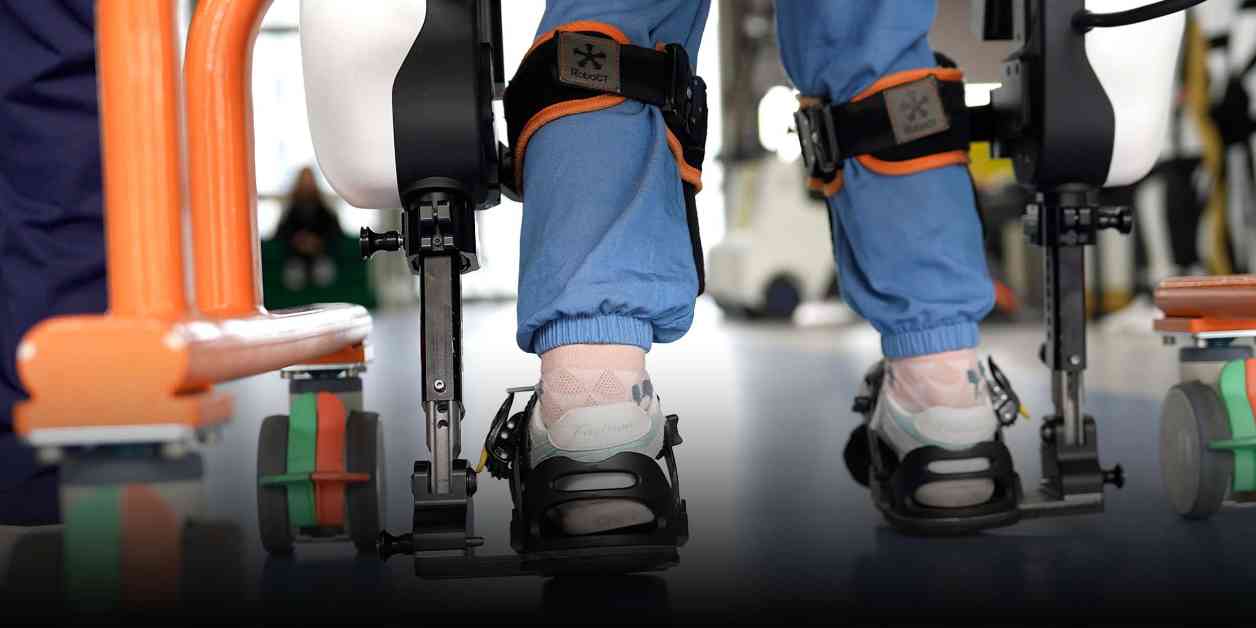Mastering Mobility: A Guide to Walking in an Exoskeleton
Xiaoyu, a young girl born prematurely, has faced challenges due to cerebral palsy that have impacted her ability to stand up and walk. However, with the support of her dedicated family, including her caring grandmother who accompanies her to physical rehabilitation sessions, Xiaoyu has been exploring new possibilities for mobility.
Robotic exoskeleton technology, once primarily used in military and industrial settings, is now being utilized to assist individuals like Xiaoyu in improving their mobility and independence. These advanced exoskeletons come at a cost of 200 to 300 yuan ($28 to $42) per half-hour session in China, providing hope for those with physical disabilities to enhance their quality of life.
The Evolution of Exoskeleton Technology
Exoskeletons have come a long way since their inception, evolving from bulky and cumbersome structures to sleek and efficient devices that offer enhanced mobility. Initially designed for military applications to assist soldiers in carrying heavy loads over long distances, exoskeletons have now found a new purpose in supporting individuals with physical disabilities.
The development of exoskeleton technology has been driven by the need for innovative solutions to improve the quality of life for those facing mobility challenges. By utilizing robotic components and advanced sensors, exoskeletons can provide support and assistance to users, enabling them to stand, walk, and even climb stairs with greater ease.
Benefits of Walking in an Exoskeleton
Walking in an exoskeleton offers a range of benefits for individuals like Xiaoyu who struggle with mobility issues. By providing external support and assistance, exoskeletons can help users improve their muscle strength, balance, and coordination, leading to enhanced overall physical function.
In addition to the physical benefits, walking in an exoskeleton can also have a positive impact on users’ mental well-being. The sense of independence and freedom that comes from being able to move more freely can boost self-confidence and improve overall quality of life.
Furthermore, walking in an exoskeleton can open up new opportunities for social interaction and participation in activities that were previously inaccessible. By enabling individuals to navigate their environment more easily, exoskeleton technology can help bridge the gap between those with physical disabilities and the rest of society.
Overcoming Challenges and Embracing Opportunities
While exoskeleton technology holds great promise for individuals like Xiaoyu, there are still challenges to overcome in terms of accessibility, affordability, and acceptance. The cost of exoskeletons can be prohibitive for many individuals, making it difficult for those in need to access this life-changing technology.
Additionally, there is a need for greater awareness and education about the benefits of exoskeletons in supporting individuals with physical disabilities. By raising awareness and promoting the use of exoskeleton technology, more people like Xiaoyu can benefit from improved mobility and independence.
Despite these challenges, the opportunities presented by exoskeleton technology are vast. With ongoing advancements in robotics and sensor technology, exoskeletons are becoming more efficient, lightweight, and user-friendly, making them increasingly accessible to a wider range of individuals.
In conclusion, walking in an exoskeleton offers a promising solution for individuals with physical disabilities like Xiaoyu to enhance their mobility and independence. By harnessing the power of advanced technology, exoskeletons are transforming the lives of those facing mobility challenges, providing new opportunities for improved quality of life and greater participation in society.

















